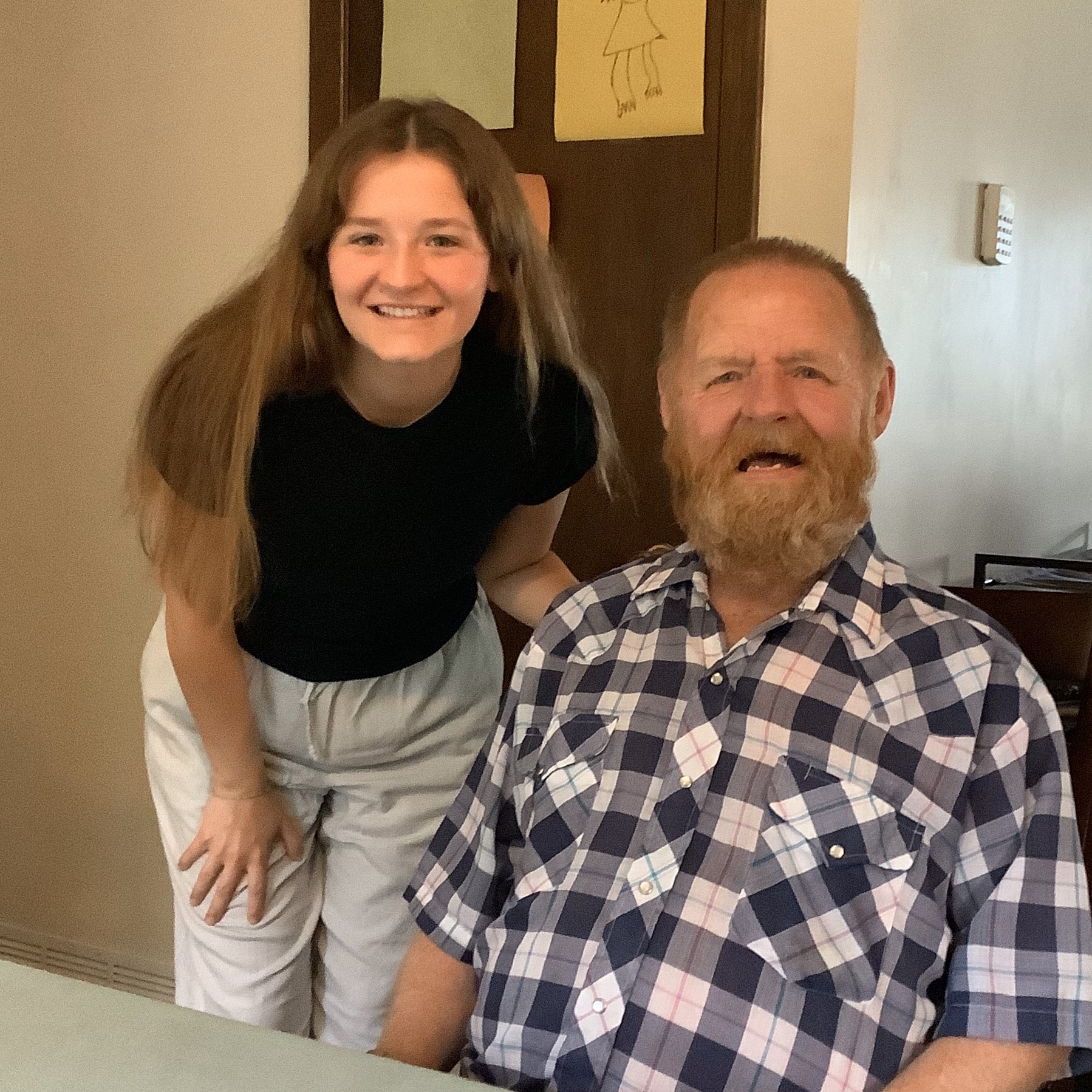
Last fall, we launched our “Living with Purpose” series in our newsletter to delve deeper into our servant leadership initiative. This series highlights our commitment to prioritizing the needs of our consumers, employees, and the broader community. Each month, we focus on one of the seven key traits of effective servant leadership: being a person of character, putting people first, being a skilled communicator, being a compassionate collaborator, having foresight, being a systems thinker, and leading with moral authority.
This month, we’re focusing on the trait – Has Foresight.
A person with foresight possesses a profound understanding of how the various elements within an organization are interconnected and can articulate a compelling vision for the future. They remain attentive to emerging trends and information that could impact the organization, skillfully anticipating the consequences of their decisions.
In everyday life, foresight can manifest in many ways. For example, a community leader might recognize the need for sustainable practices and advocate for initiatives that promote environmental stewardship, ensuring the community thrives for generations to come. In the workplace, a manager may analyze industry trends to develop a strategic plan that positions their team for future success, while also learning from past experiences to inform future actions.
A person with foresight balances attention to day-to-day operations with a focus on long-term success. They understand how the organization’s history and current circumstances shape its future direction. For instance, a small business owner might reflect on previous marketing strategies—both successful and unsuccessful—to guide future campaigns, learning valuable lessons along the way.
Foresighted individuals don’t hesitate to take decisive action when necessary. They actively shape the future instead of waiting for it to unfold and are willing to take calculated risks that they believe will benefit both their organization and the community. For example, a school principal might introduce innovative teaching methods to engage students more effectively, even if it means stepping outside traditional practices.
Ultimately, cultivating foresight—whether at work or in everyday life—allows us to create a more sustainable and impactful future. By committing to look ahead, making informed decisions, and taking proactive steps, we can ensure that our efforts benefit not just ourselves, but also those around us. In doing so, we contribute to a brighter, more connected future for our organizations and communities.
Putting It Into Practice: Real-Life Examples at Our Agency
At our agency, foresight is not just a trait; it’s a core component of effective leadership and program management. Mikahla, one of our dedicated program coordinators, exemplifies this by consistently anticipating challenges and proactively preparing solutions. Her foresight ensures that the needs of those we serve are met, even when unexpected situations arise. Here are a few ways Mikahla demonstrates this vital trait:
- Pre-arranging Transportation for Emergencies: When one of our accessible vans broke down and needed repairs, Mikahla immediately understood the critical importance of ensuring uninterrupted service. She proactively arranged with another program to use their vehicle in case of a medical emergency. For example, if an individual were transported to the hospital and later discharged, Mikahla ensured that there would be a vehicle available to bring them home. By planning ahead, she safeguarded the continuity of our services, ensuring there was no disruption in care.
- Planning for Future Care Needs: Mikahla’s foresight extends well into the long-term care of individuals. When she recognized that one of the individuals she supports might eventually require nursing home placement, she worked with the team to add them to a waiting list. By doing so, Mikahla ensured that, if a vacancy arose and the time was right, the individual could transition smoothly into appropriate care. Her proactive approach eliminates unnecessary delays and stress for both the individual and their family when that time comes.
- Contingency Planning for Hospitalizations: Mikahla anticipates medical emergencies with the same level of proactive foresight. When she suspected that one of the individuals under her care might soon need hospitalization, she developed a contingency plan well in advance. Knowing that the Night Attendant would need to remain at the program, Mikahla made arrangements for the guardian to meet the individual at the hospital, ensuring that care would continue seamlessly. This preparedness means that, even in the face of an unexpected hospitalization, the individual’s needs would be promptly addressed.
In each of these examples, Mikahla’s foresight goes beyond simply reacting to immediate challenges. She takes the time to anticipate potential scenarios, ensuring that contingencies are in place so that the individuals we serve continue to receive the support they need. Mikahla’s proactive approach not only enhances the sustainability of our services but also exemplifies how foresight can foster a more resilient and effective environment for both our team and the community we serve.



